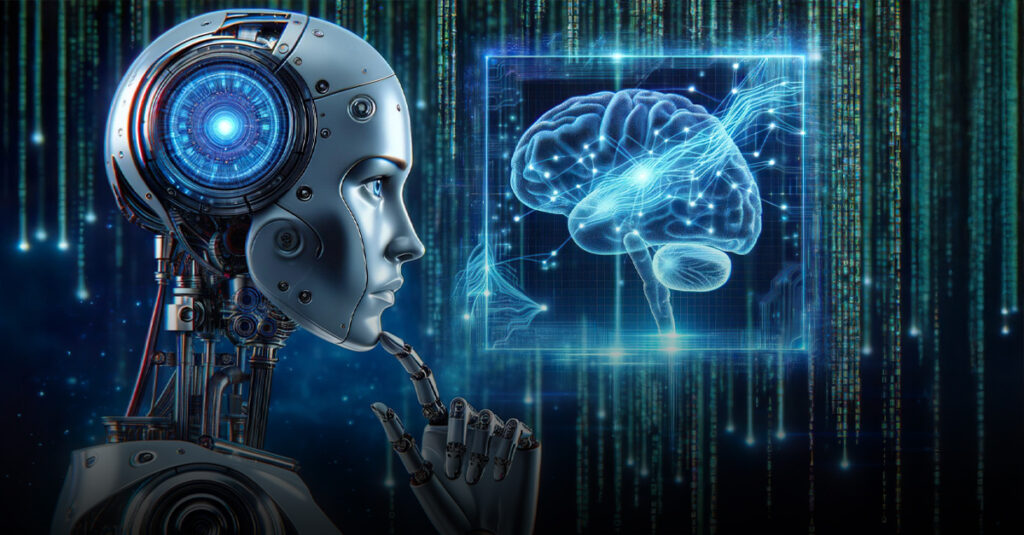Living Intelligence isn’t just for science labs. In 2025, we’re already seeing it in daily life. Fitness wearables adjust workouts based on muscle fatigue. Smart homes respond to stress levels by dimming lights or playing relaxing music. As these systems grow more adaptive, we’ll interact with machines the way we interact with other living things naturally, instinctively, and personally.
In 2025, Living Intelligence is no longer a concept. It’s an emerging ecosystem of cyber-physical systems that blur the line between organic life and machine logic.
What Is Living Intelligence and How Is It Redefining 2025?
Living Intelligence refers to systems that combine:
- AI algorithms (for decision-making and learning)
- Biological principles (like self-regulation, adaptation, and evolution)
- Sensor technologies (to gather real-time environmental or physiological data)
These systems are designed to respond in real time, continuously adapt to new stimuli, and function autonomously in dynamic environments.
It’s not about mimicking life. It’s about building systems that behave with lifelike intelligence.
How Living Intelligence Works
At the core of Living Intelligence is the integration of:
- Smart sensors that detect motion, pressure, temperature, and more.
- Biological data inputs such as brainwaves, heart rate, or microbial signals.
- Self-learning AI models that optimize based on feedback loops, just like a nervous system.
This fusion allows systems to go beyond automation, to evolve.
Where It’s Happening in 2025
1. Healthcare: Biofeedback-Driven Prosthetics
Prosthetic limbs are being connected to neural signals and adaptive AI, giving users real-time control over movement, grip strength, and even sensory feedback.
2. Smart Wearables with Biological Intelligence
Companies like Neurable and NextMind are building brain computer interfaces (BCIs) that turn thoughts into digital commands, redefining how we interact with devices.
3. Agriculture: Intelligent Bioreactors and Soil Monitoring
Living intelligence systems in vertical farms and soil sensors adapt to microbial activity, optimizing plant nutrition, humidity, and light exposure in real time.
4. Environmental Sensing & Disaster Prediction
AI-powered bio-sensors are being deployed in forests and oceans to detect changes in CO₂ levels, pH, or moisture, helping predict wildfires, floods, or algal blooms before they happen.
5. Synthetic Biology & Living Materials
Researchers are programming bacteria and cells with AI to perform tasks like healing wounds, cleaning pollution, or producing sustainable bio-materials that evolve on their own.
Why It Matters
- Human-Machine Symbiosis: Tech isn’t just something we use; it’s becoming something we live with.
- Real-Time Adaptation: Devices no longer wait for instructions; they respond to you and your environment instinctively.
- Sustainability and Precision: From farming to medicine, Living Intelligence enables hyper-targeted interventions with minimal waste.
Challenges and Risks
With biological data at the center of these systems, privacy and ethics are major concerns. Who owns your neural data? Can living systems be hacked? And how do we define the boundaries between man and machine?
Regulatory frameworks are still developing, and public understanding of these technologies is limited, making transparency and education more critical than ever.
The Next Phase of Life Itself?
Living Intelligence represents a bold step into a future where machines don’t just respond to us, they exist with us, in synergy.
In this world, our bodies talk to our devices. Our environments react to our biology. And intelligence becomes less about code, and more about connection.
2025 may be the year we stop thinking of AI as just “smart.”
Because now, it’s starting to feel alive.
Also read: How AI in Medicine Helps Paralyzed Patients Regain Movement
Looking for more ideas and updates? Check out our full collection of blog articles here.

